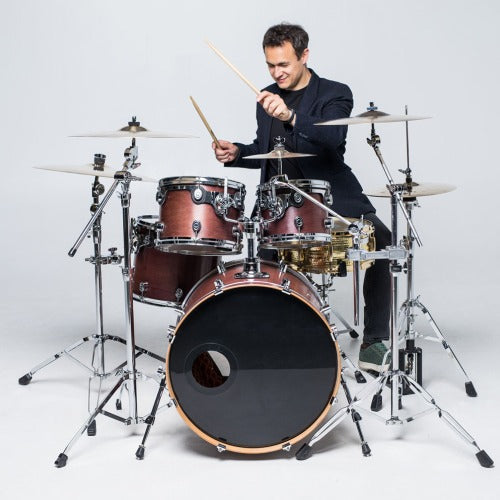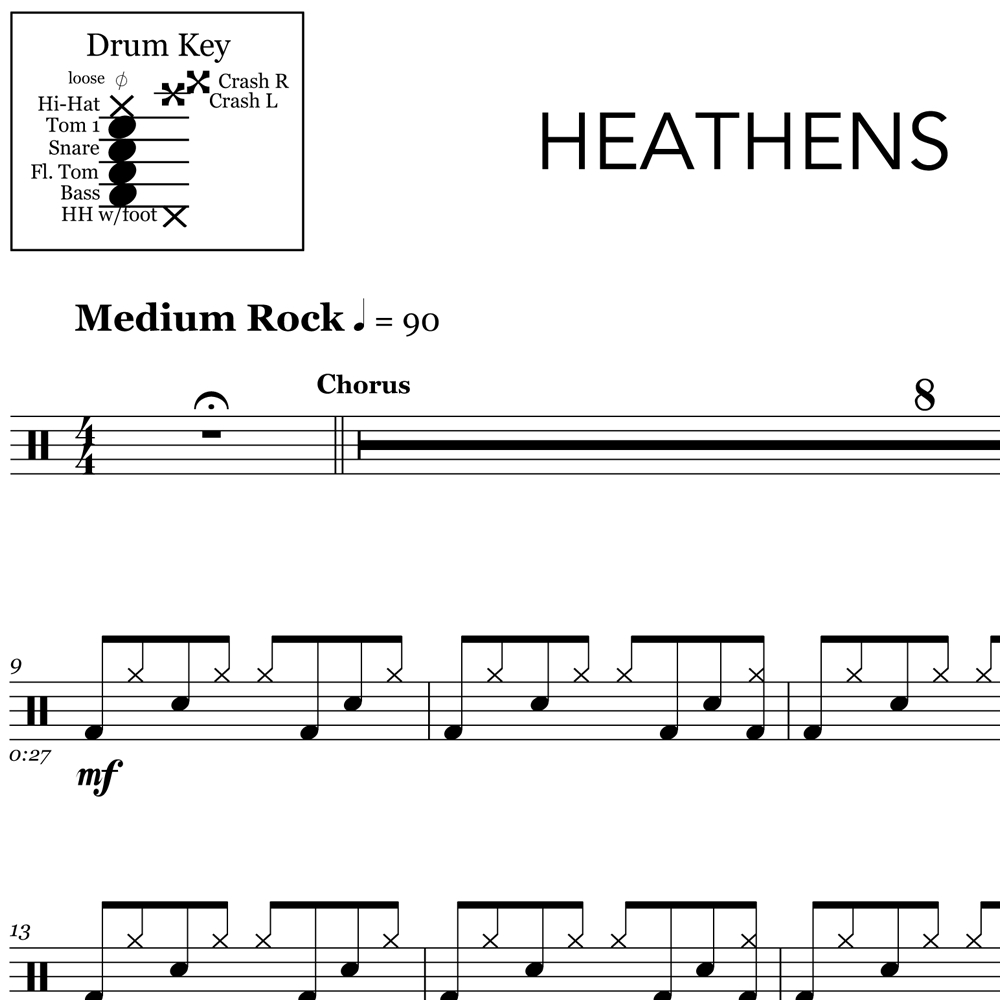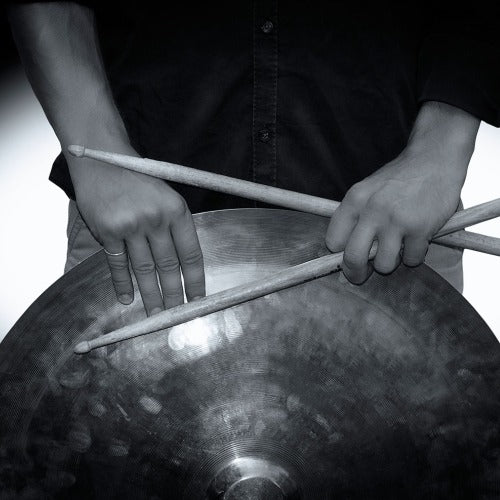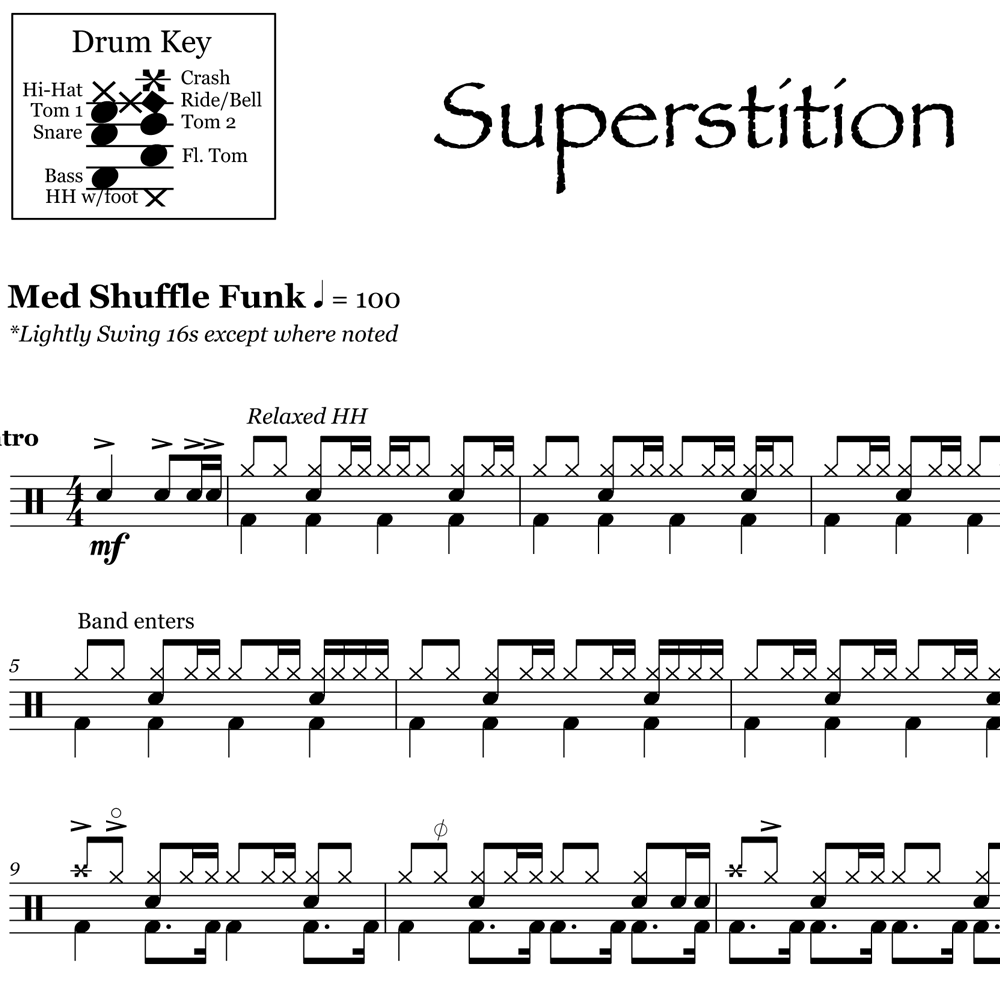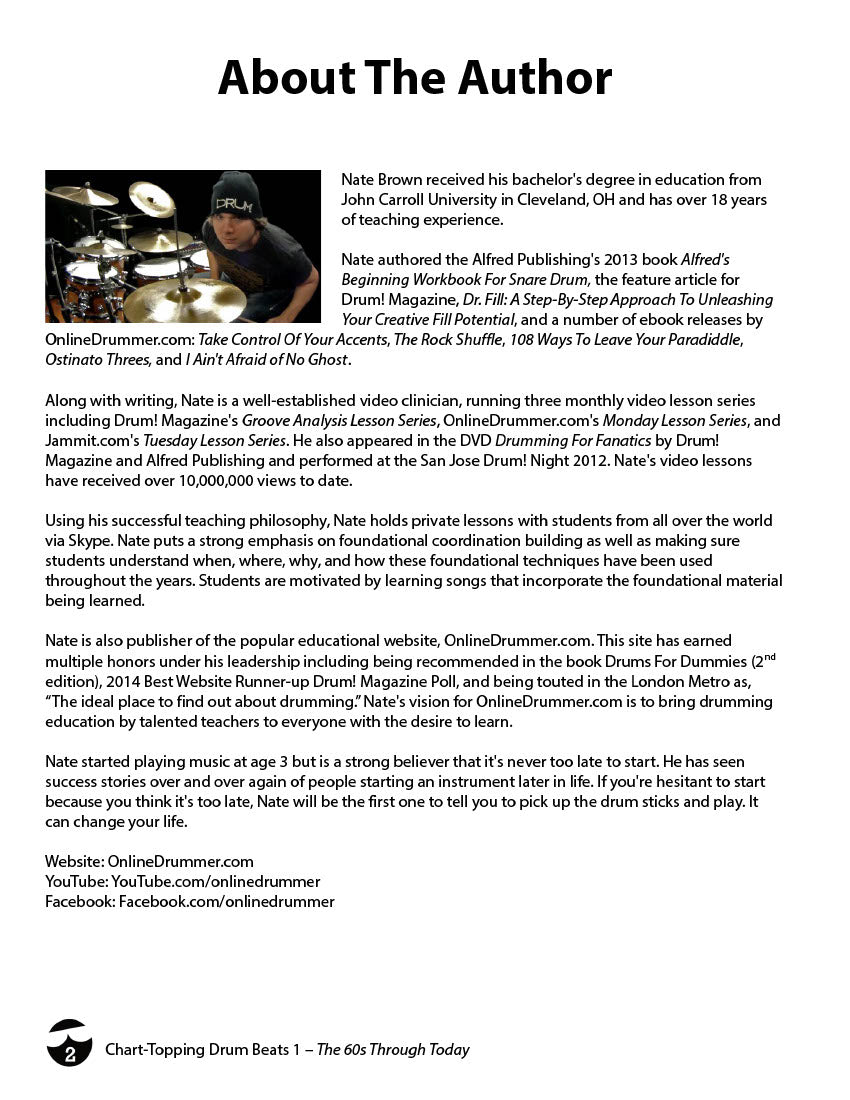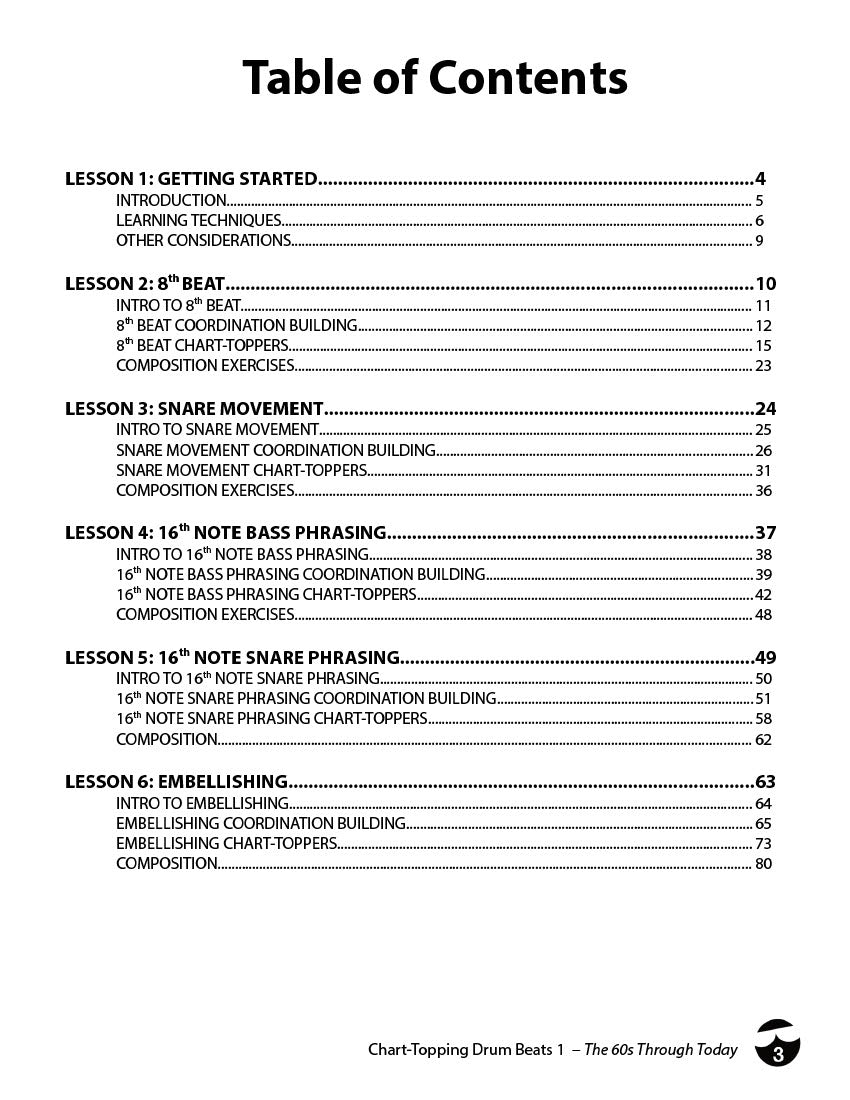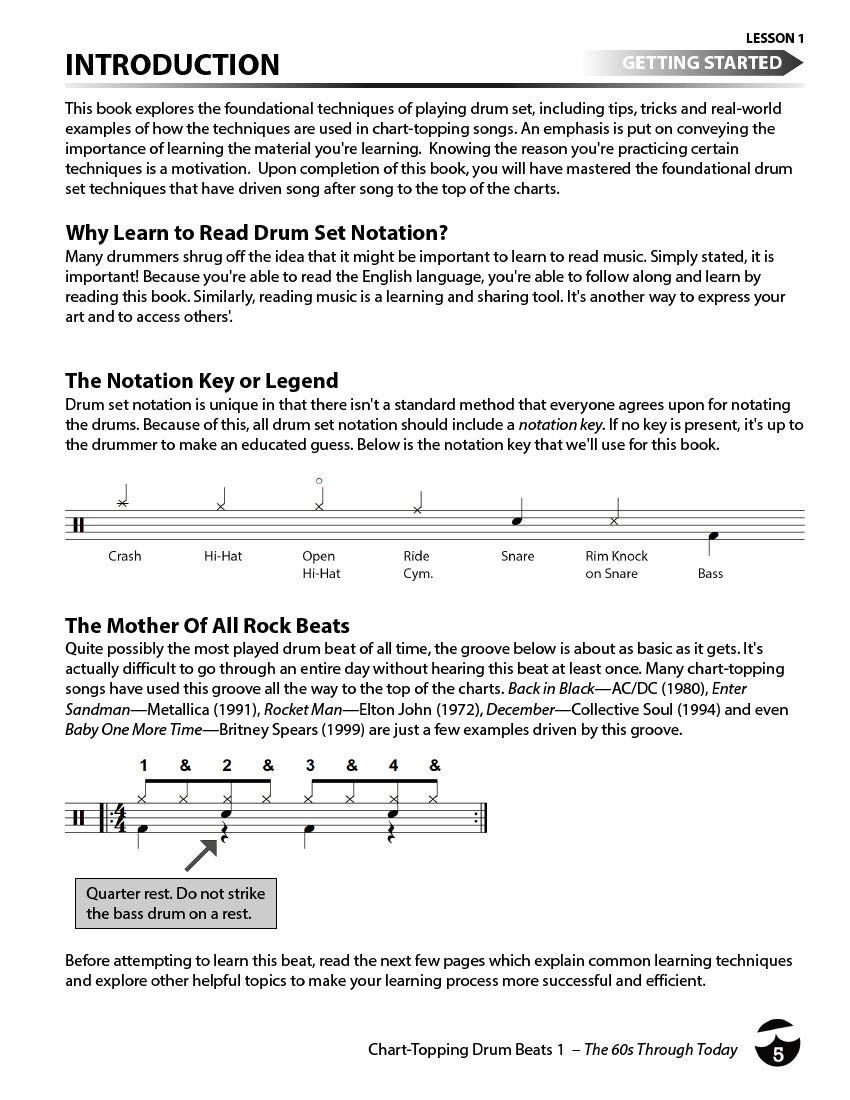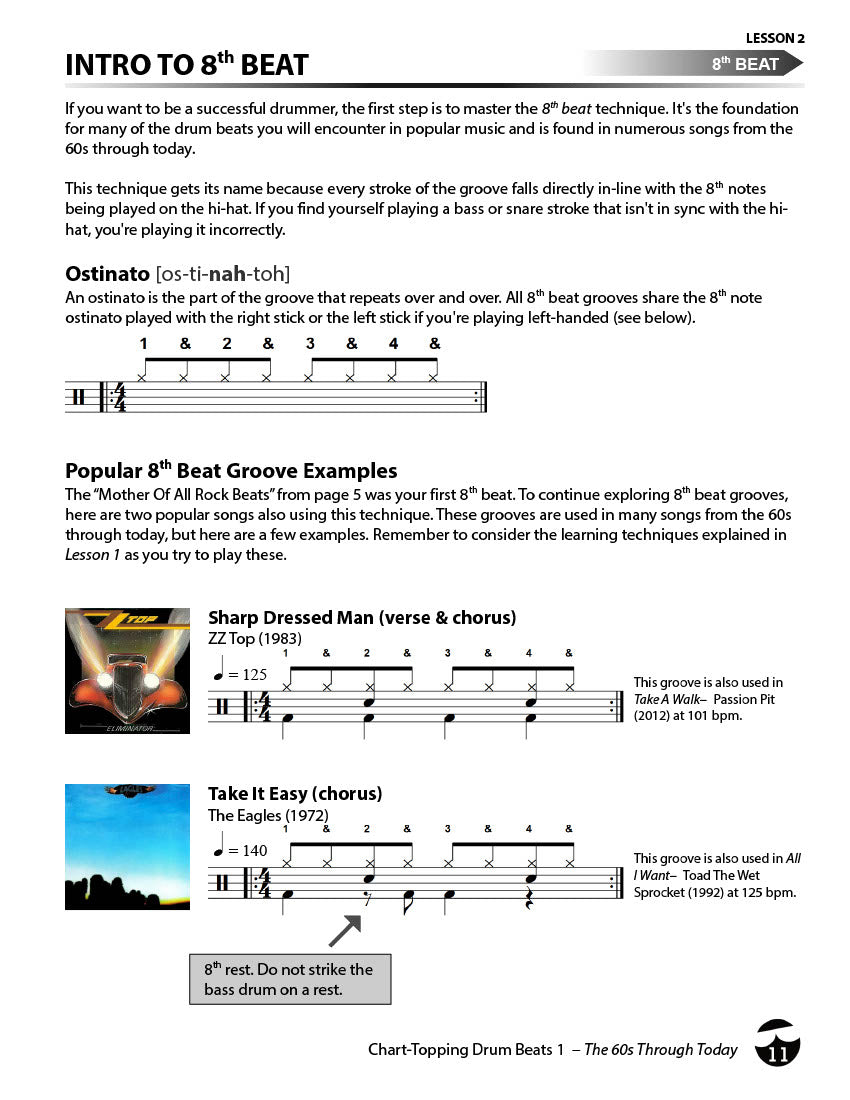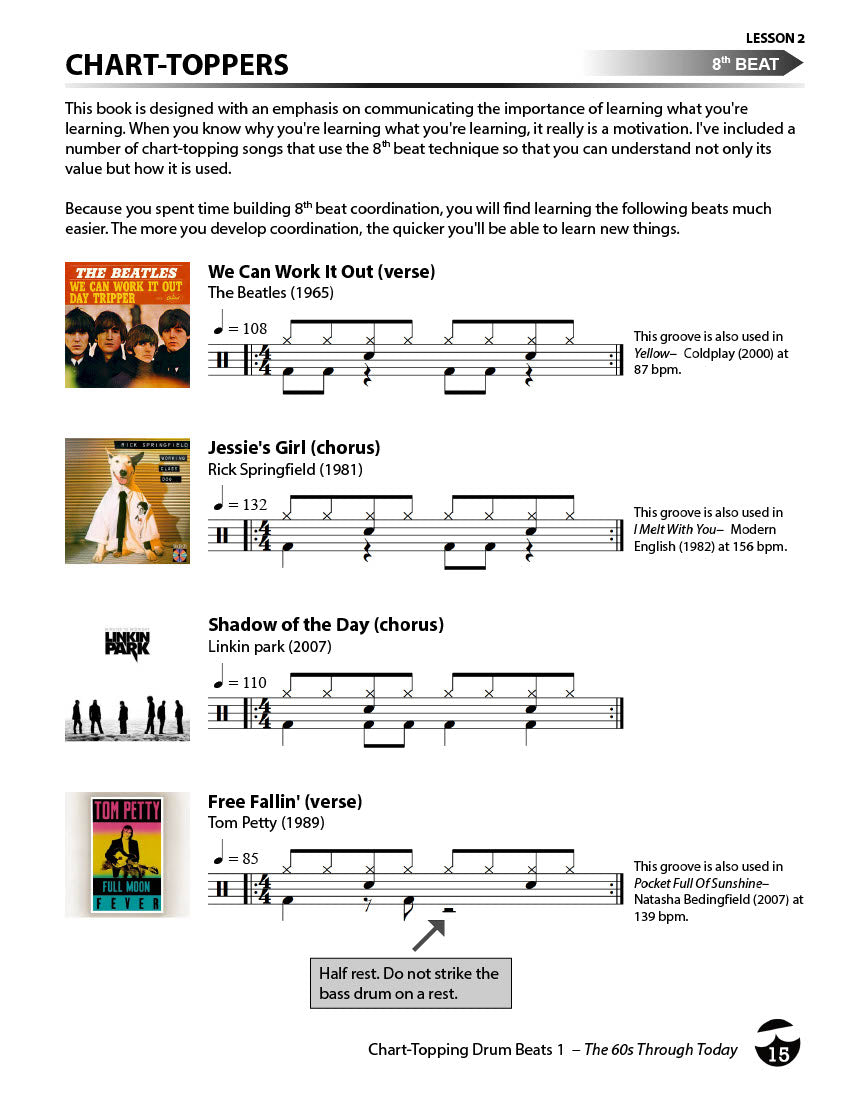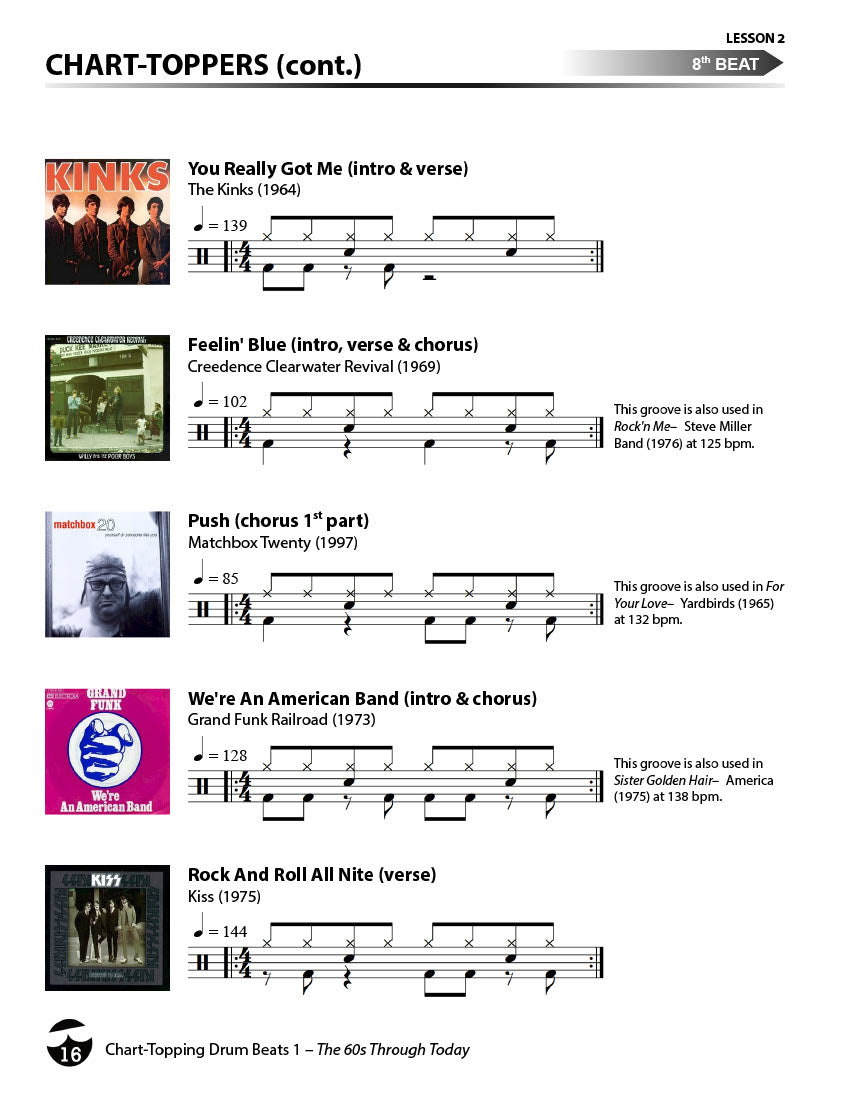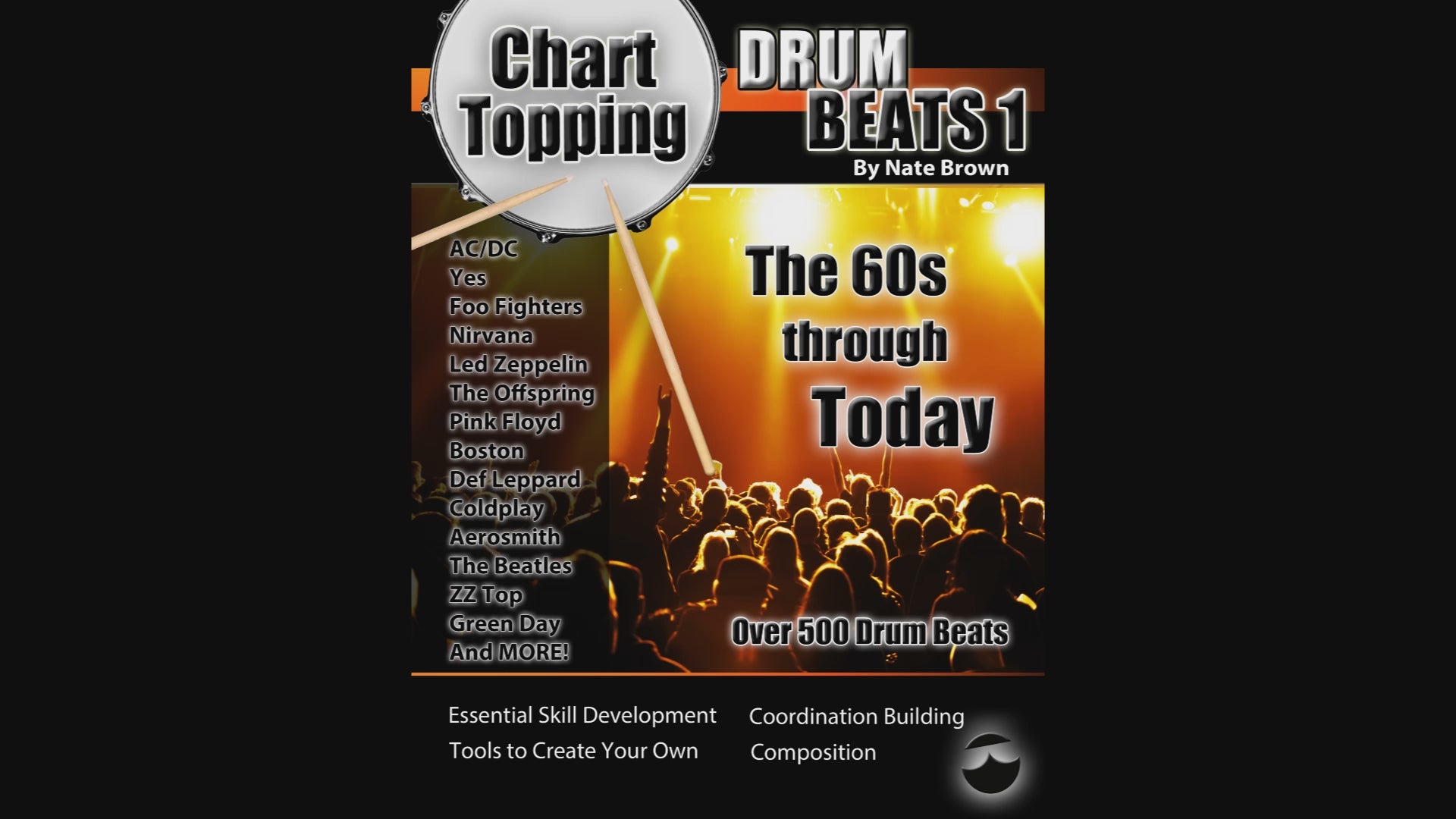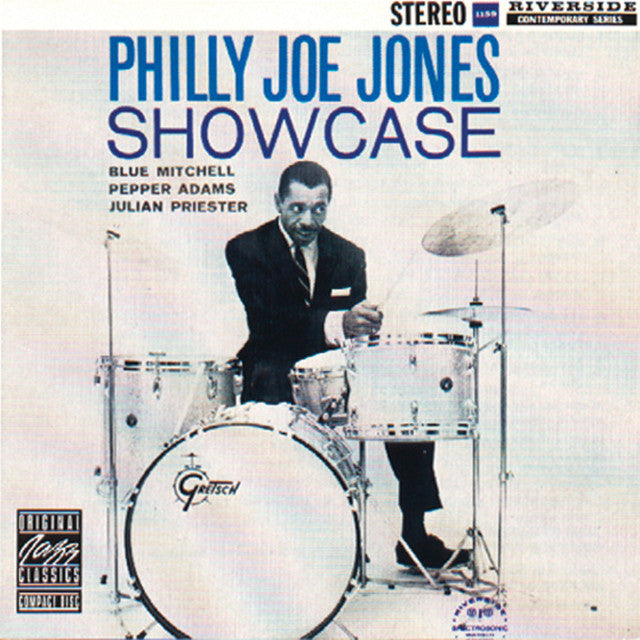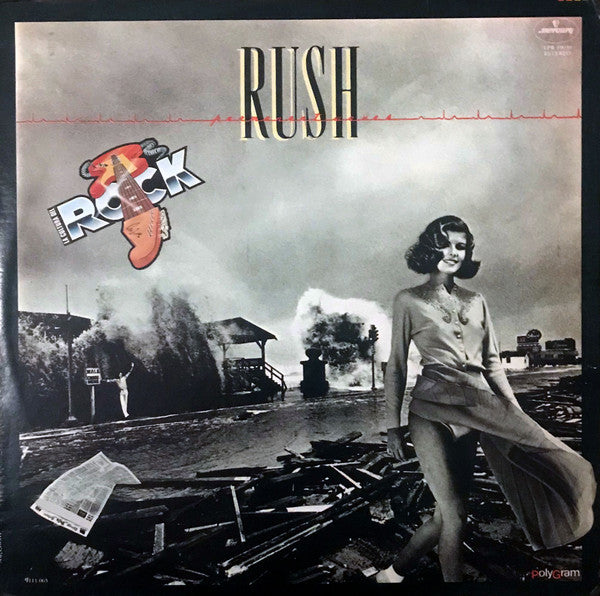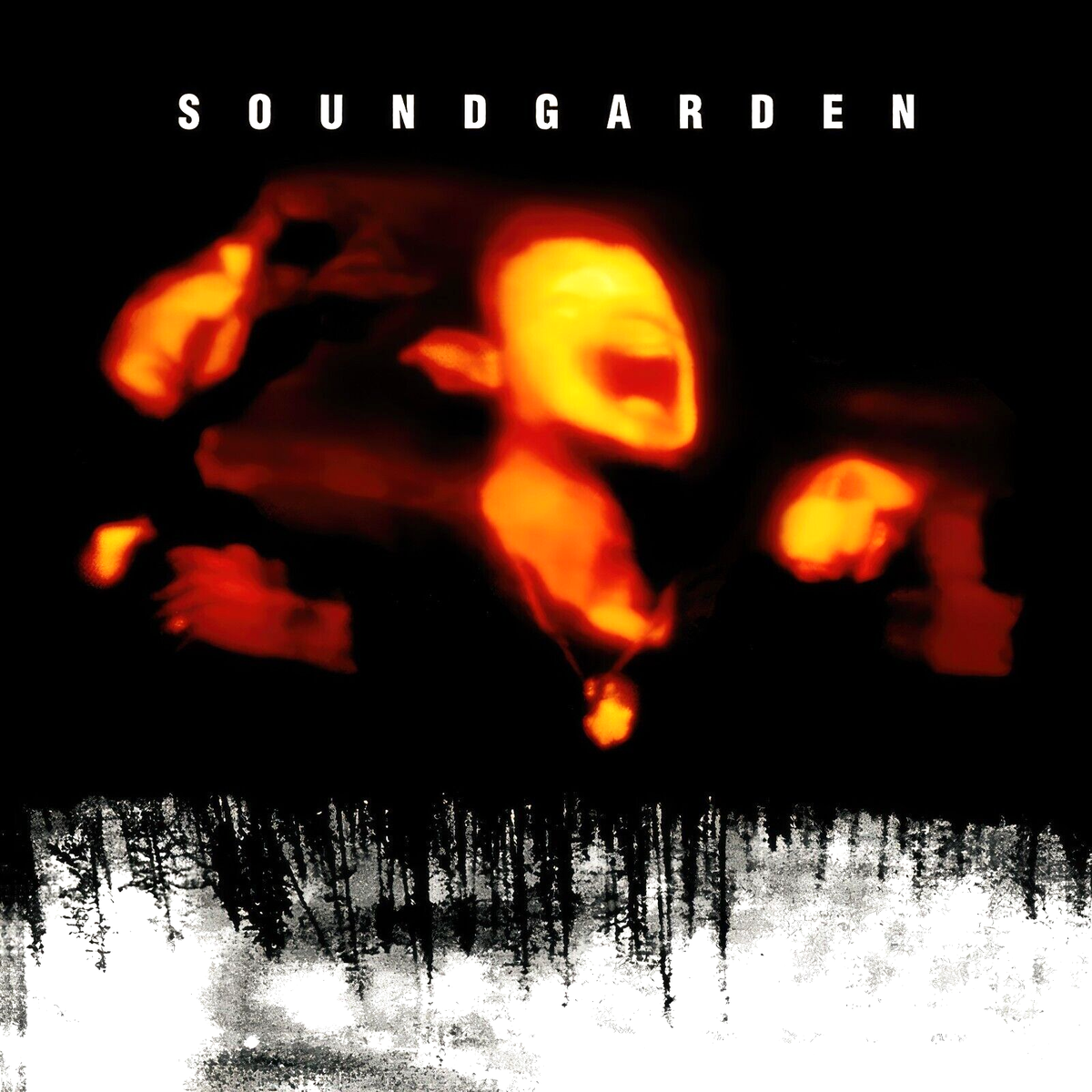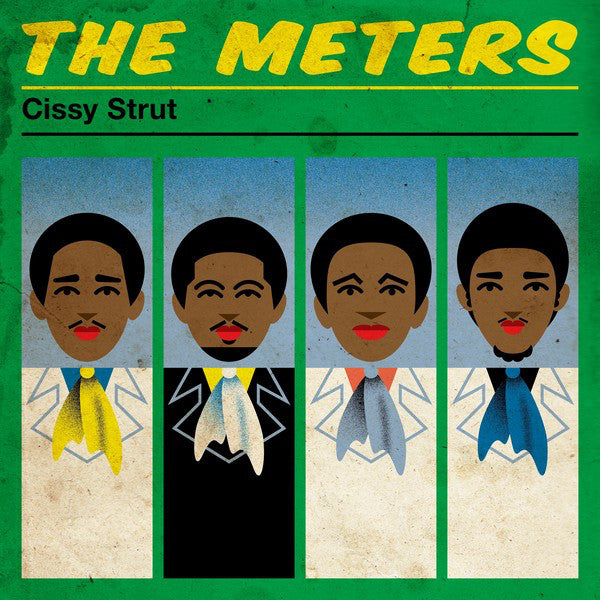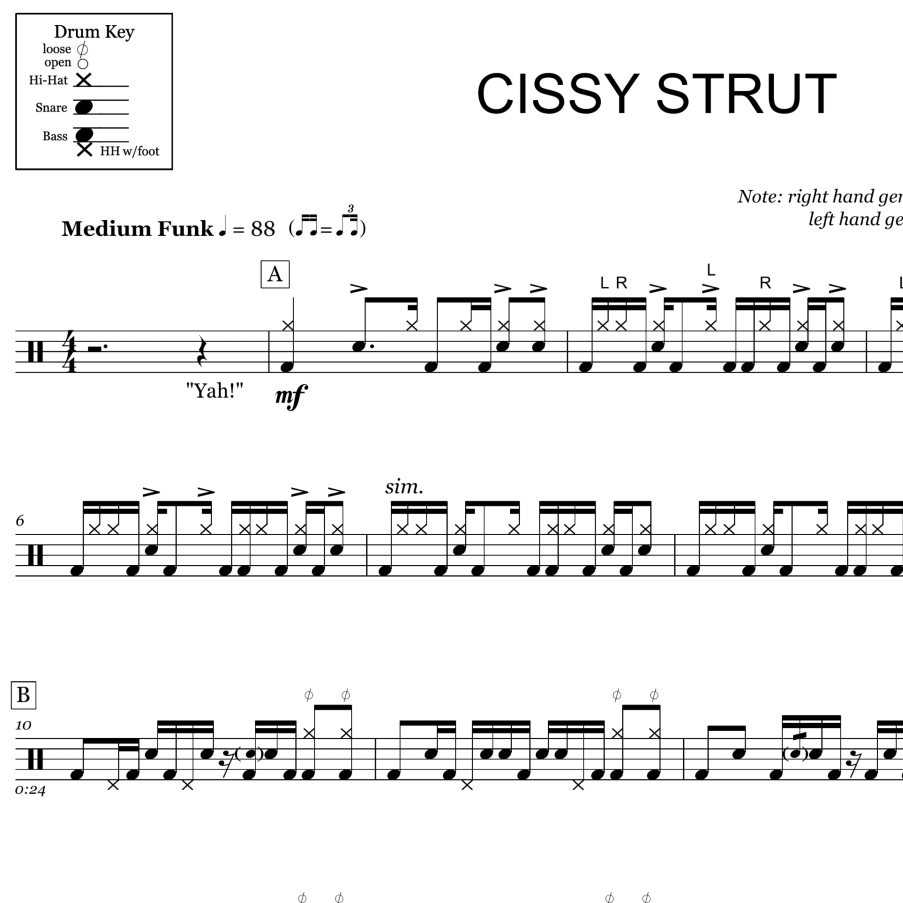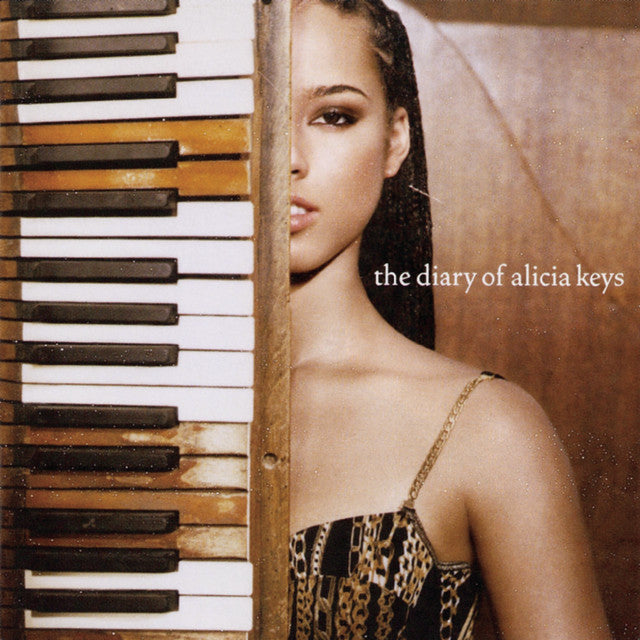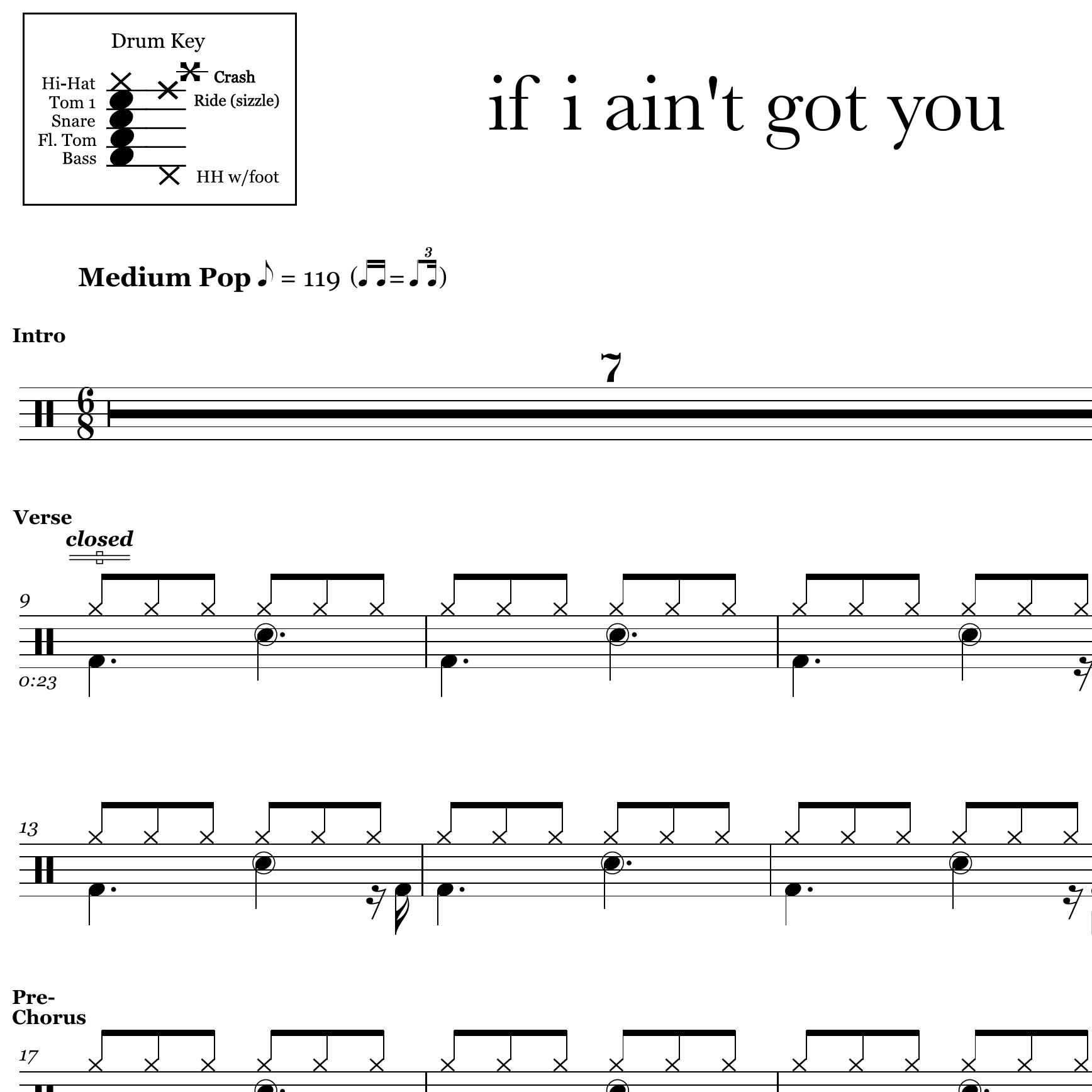Put this Warm-up in Your Grooves
One of my favorite go-to warm-ups, this pattern can also double as a slick technique to use within your drum beats.

Number 1 above uses strokes that are evenly spaced. Played on a single drum, it sounds like straight sixteenth notes. Be sure to play the strokes cleanly, starting slowly and gradually increasing your speed.
Number 2 is closer to the classic 5-stroke roll rudiment because of the pause after the last stroke of the roll. It can look like a beast on paper, but don't let the 32nd notes scare you. Count only one sixteenth-note for every two 32nd notes played. See below how only the first stroke of every two 32nd notes is counted.

If you've noticed the strange beaming structure I used for number 2 ... Yes, I beamed it that way on purpose. I chose to beam the notes in a way that makes the pattern the clearest to the eyes. However, traditionally, notes are beamed together to represent each beat in a bar. In other words, all of the notes in beat 1 are beamed together. All of the notes in beat 2 ... etc. I've included an appropriately beamed version below so you can see the difference.

After you've practiced the warm-up as written, try moving the tom strokes around to different drums and cymbals. This is a fun way to keep it fresh, and it gets you moving around the kit a bit more. But wait, there's more! This warm-up is also a great technique for spicing up your drum beats. Check out the lesson video above for ideas on incorporating the pattern into your drum beats.

